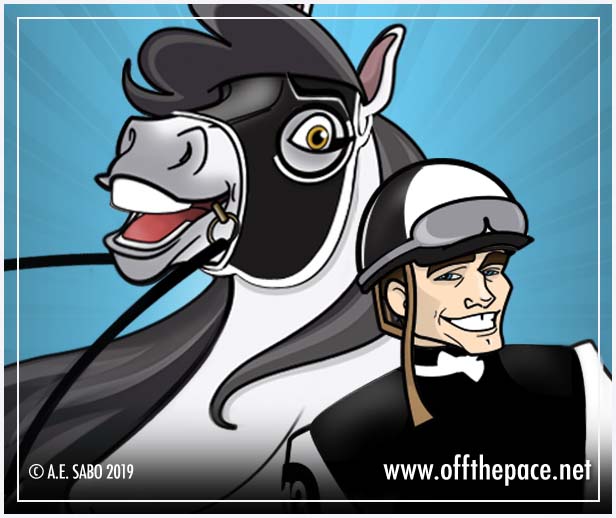OTP OPINION
Talking points: Horsemen and the Novice Ear.
Racing is engaged in a conversational divide. Trending public commentaries implicate that racing is a recklessness to be forced obsolete. The main catalyst provoking such attitudes is an effective use of arbitrary numbers that resonate attentions in the novice ear. “30” being the most recent.
What Racing has learned from Santa Anita is that numbers are powerful adversaries when used out of context. The most recent are the 30 deaths over a single racing season. Radical animal activist’s mantras successfully paint this number abhorrent, calling to ban the sport nationwide.
As the number stirs concern, it lacks full disclosure. The number is partial data extracted from a larger equation, the conveniently missing portion representing the large numbers of horses successfully trained and raced without incident. The number also does not reveal details as to the underlying causes of casualty, nor that decisions made to euthanize (not unlike within the general public) is often left to individual ownership.
The divide widens more over the nature of animal ownership. Pet trends reflect dogs and cats occupy 70% of US households in stark contrast to the small percentages of US horse owners. 9 million horse are believed to reside in America, far short of the estimated 170+ million canine/feline population. Such statistics reveal most Americans will never own nor experience horses over their lifetime. Our nation’s horses are used both commercial and recreational. Approximate numbers in racing are reported below 900,000 yet popular racing breeds collectively account for over 4 million. It is fair to surmise that remaining US horse populations in large part are due to the cultivation of racing breeds, a practice spanning over 300 years across of our nation’s history.
Yet despite deep cultural roots, Racing’s attempts to address concerns fall upon the ears of those who equate complicated issues concerning horses with the ownership of their own household pets. Home care of domesticated animals once predatory in nature holds small valuable in understanding the complexity of larger working animals, most of which would be categorized in nature as ‘prey’. They are physiologically different. And agreed that all animals are to be treated with dignity, the definition of health care for one group of animal does not translate universally for all.
It is in this vacuum of public inexperience and educational void that radical activism takes root. It fills the gap with language translatable to limited equine understanding and plays upon the uninformed by triggering defensive, emotional responses. After inundating the vulnerable with information difficult to decipher without experience, public reactions predictably run high. It is this now volatile audience that Racing must first take a deep breath to address. A difficult conversation to maneuver, at best.
Such ensuing dialogue is daunting. For in our advanced industrial nation of wealth and over 300 million in populous, hardship to protect 9 million horses remains. Tens of thousands ship for slaughter every year while activists vehemently call to end the very disciplines and industries that account and care for most US horses in existence. Such callus of agendas exposes radical desires to remove horses permanently from the landscape. In their manipulative and shockingly grotesque affront on current society, they neglect that historically powerful advancements in civilizations were primarily due to a direct relationship between man and horse. In retrospect, Americans should resolve protections to shrinking equine communities rather then aid tyrannical organizations to orchestrate their visions of extinction to occur.
Associations with groups complicit to destroy industries that stimulate horse populations is contrary and counterproductive. Beware advice from those calling to end all domesticated breeds (household varieties included.) Should we not seek results from the approximately 2 million US horse owners and the 7 million employed to work directly with our horses? Is not dialoguing for reform within an experienced horse community, and on topic the racing community, a healthier response?
Long overdue are conversations between horseman knowledge and public perception. The current political climate demands of it. The fate of 9 million horses and their future generations depends on it.
.


